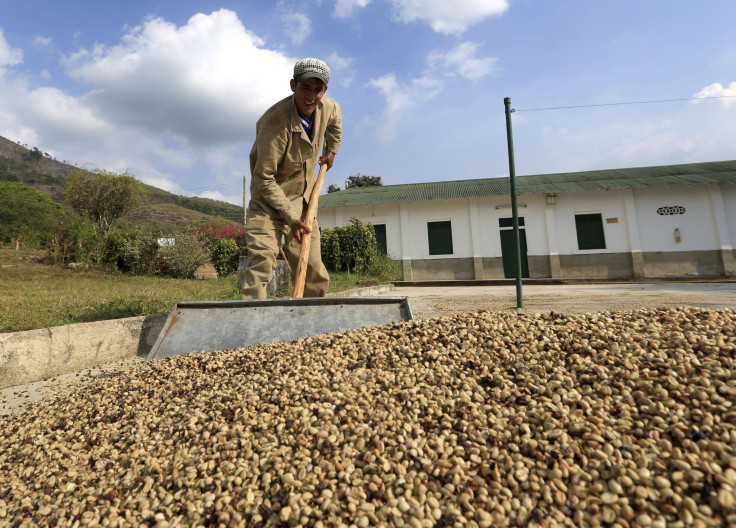USAID Launching Fight Against Latin American Coffee Fungus, Which Has Helped Lift Coffee Futures 60% This Year

The U.S. government is partnering with Texas researchers to drive out a coffee fungus that has caused $1 billion in damage to plants across Latin America and the Caribbean, which has helped to drive up prices for the commodity by 60 percent this year.
Known as roya in Spanish, it is a yellow and orange leaf rust that has hit fields from Mexico to Peru over the past two years. If the fungus continues to infect coffee plants, it could reduce production and continue to raise prices of Latin American coffee beans, threatening the livelihoods of about 500,000 farmers in the coffee industry, the U.S. Agency for International Development said in a statement on Sunday.
"The current coffee rust outbreak is the worst in Latin America's history," the agency said. “It is estimated that production will fall by as much as 15-40 percent in the coming years.”
Central America’s arabica coffee plants that produce high-quality beans used in espressos and specialty blends have been especially affected.
Besides roya, a drought in Brazil is cutting arabica production, which in turn has boosted prices.
Struggling coffee workers could turn to the illegal drug trade and associated violence in Guatemala, Honduras and El Salvador, USAID spokesman Matthew Herrick said.
On Monday, USAID will launch a $5 million partnership with Texas A&M University’s World Coffee Research center in a bid to wipe out the troublesome fungus.
The program is part of the Obama administration’s Feed the Future initiative, a global antipoverty effort that USAID says has reached 7 million small farmers and 12.5 million children. The new program will bring the agency’s total investment in the fight against coffee rust to $14 million.
© Copyright IBTimes 2024. All rights reserved.












